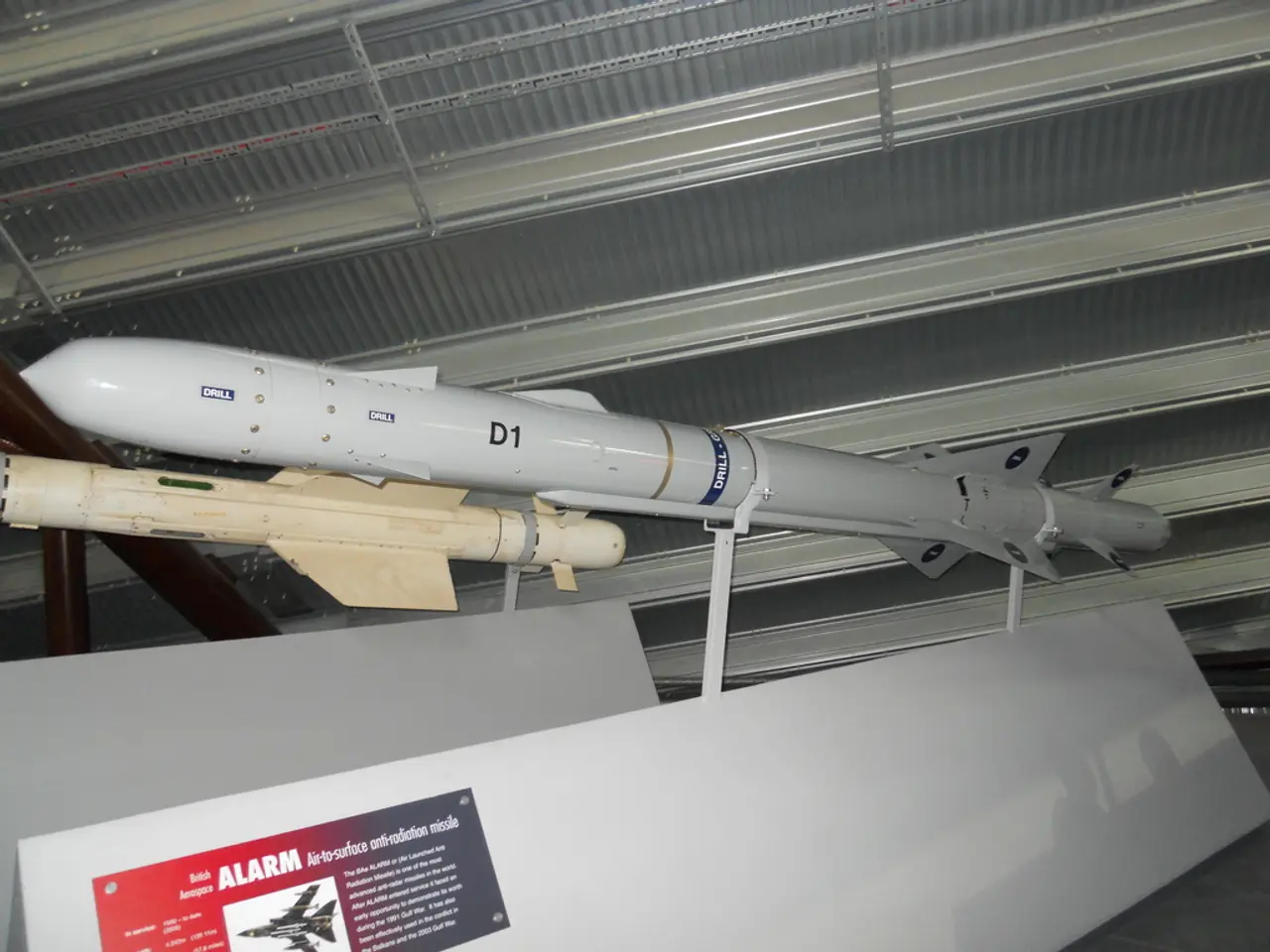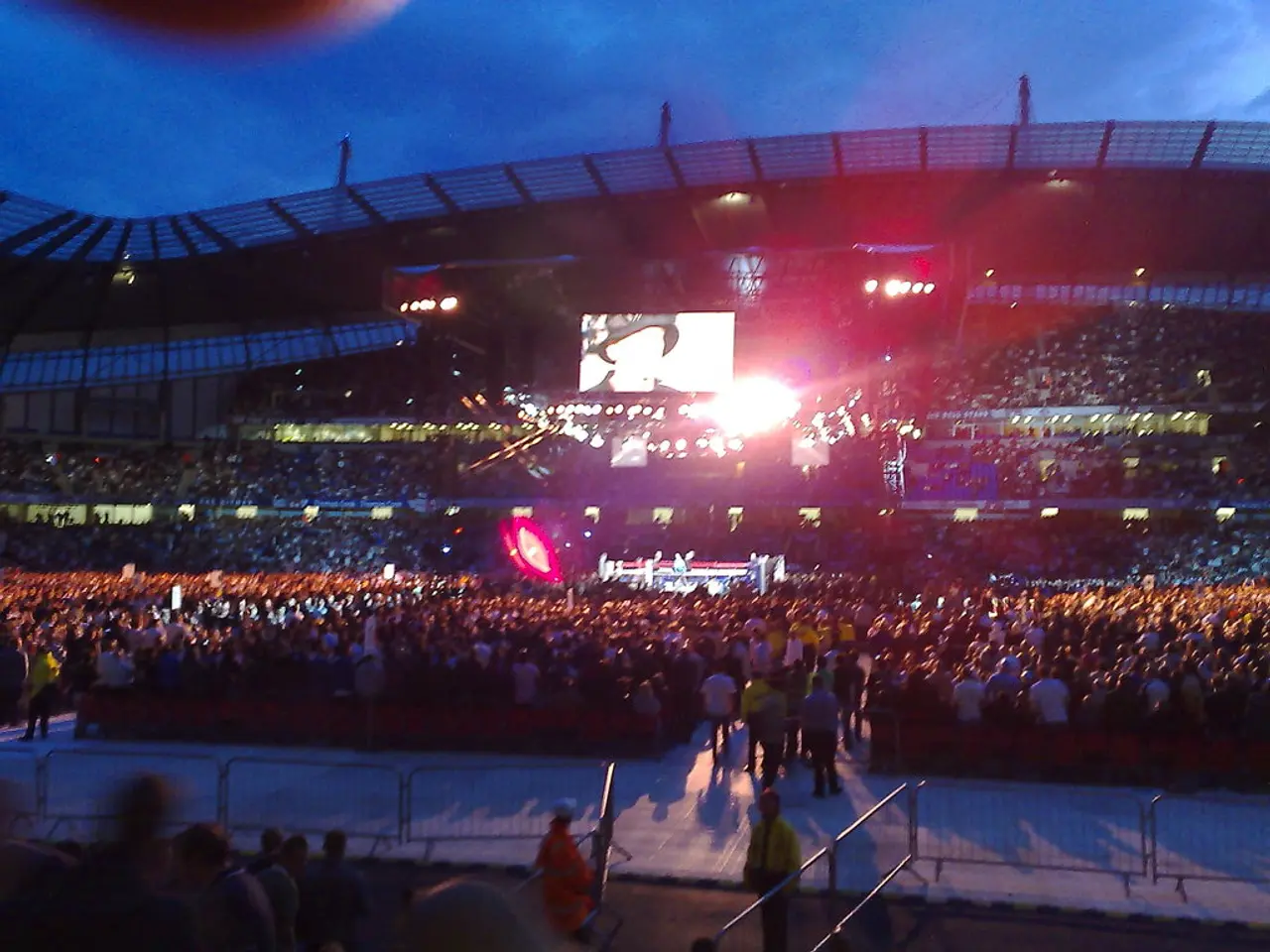U.S. Officials Label Trump's Announcement of Nuclear Submarine Strategies as a "Pledge Dilemma"
In a move aimed at deterring conflict escalation, President Donald Trump recently announced the relocation of two nuclear submarines. The deployment of these submarines, part of the U.S. nuclear triad, has raised concerns and sparked a response from Russia.
Until recently, Trump's comments regarding nuclear capabilities were not taken seriously in the White House. However, his latest announcement has added a new dimension to the ongoing tensions between the U.S. and Russia.
The U.S. nuclear submarine fleet comprises four main classes: Ohio-class (ballistic missile submarines), Los Angeles-class, Seawolf-class, and Virginia-class (all attack submarines). The Ohio class, which includes 14 submarines, serves as the sea-based leg of the U.S. nuclear triad, each carrying up to 20 Trident nuclear ballistic missiles.
The Ohio-class submarines, about 170 meters long and nearly 19,000 tons submerged, are capable of striking targets up to 4,600 miles away. Their stealth and survivability make them a formidable deterrent against potential Russian first-strike planning.
The Virginia-class submarines, on the other hand, are highly stealthy and designed for multifaceted combat roles. They do not carry nuclear missiles but have cruise missile capability.
The U.S. Navy currently operates a total of 71 submarines, including 14 Ohio-class ballistic missile submarines, 53 attack submarines, and 4 guided missile submarines for strike and special forces missions.
The exact locations of these submarines are not publicly disclosed for security reasons. However, U.S. policy involves deploying Ohio-class submarines globally to maintain a credible nuclear deterrent, often under covert and dynamic patrols.
Russia, with 16 nuclear-powered ballistic missile submarines, maintains a large submarine fleet as part of its own strategic deterrent. Moves by either side to deploy or reposition nuclear submarines often signal resolve and readiness, affecting diplomatic and military interactions and sometimes escalating tensions.
In response to Trump's announcement, Dmitry Medvedev, Russia's Security Council Deputy Chairman, characterized the move as a game of brinkmanship and a threat towards war. Medvedev called on Trump to recall "his favorite films about 'walking dead' and how dangerous a non-existent 'dead hand' can be."
Other experts have expressed concern about Trump's discussion of nuclear capabilities, as such discussions historically have been avoided by the U.S. Sources from Reuters among American officials note that it's unclear what prompted the American president's latest statement, apart from their public spat on social media.
Trump advised Medvedev to "watch his words" and labeled the economies of Russia and India as "dead." In a later interview with Newsmax, Trump clarified that the two American submarines would be positioned closer to Russia.
Despite the Pentagon and the White House remaining silent on the matter, the presence and operational readiness of U.S. nuclear submarines significantly impact relations with Russia by serving as a key element of strategic deterrence. Evelyn Farkas, a former deputy assistant secretary of defense, considers the situation unlikely to escalate to a nuclear conflict. Hans Kristensen, a nuclear programs expert at the Federation of American Scientists, stated that Trump's actions could fuel expectations of nuclear weapon use.
The upcoming SSN(X) program aims to develop a next-generation fast, lethal attack submarine to replace Virginia-class boats by the mid-21st century. The strategic signaling role of U.S. nuclear submarines during heightened tensions with Russia underscores the importance of this program in maintaining the balance of power.
- The deployment of the two nuclear submarines by President Trump, in response to the ongoing tensions between the U.S. and Russia, has raised concerns and sparked a heated response in the realm of general news, politics, and war-and-conflicts.
- The upcoming SSN(X) program, aimed at developing a next-generation attack submarine, becomes a critical element in the strategic signaling role during heightened tensions, particularly with Russia, given its importance in maintaining the balance of power in the politics, war-and-conflicts, and general news landscape.








